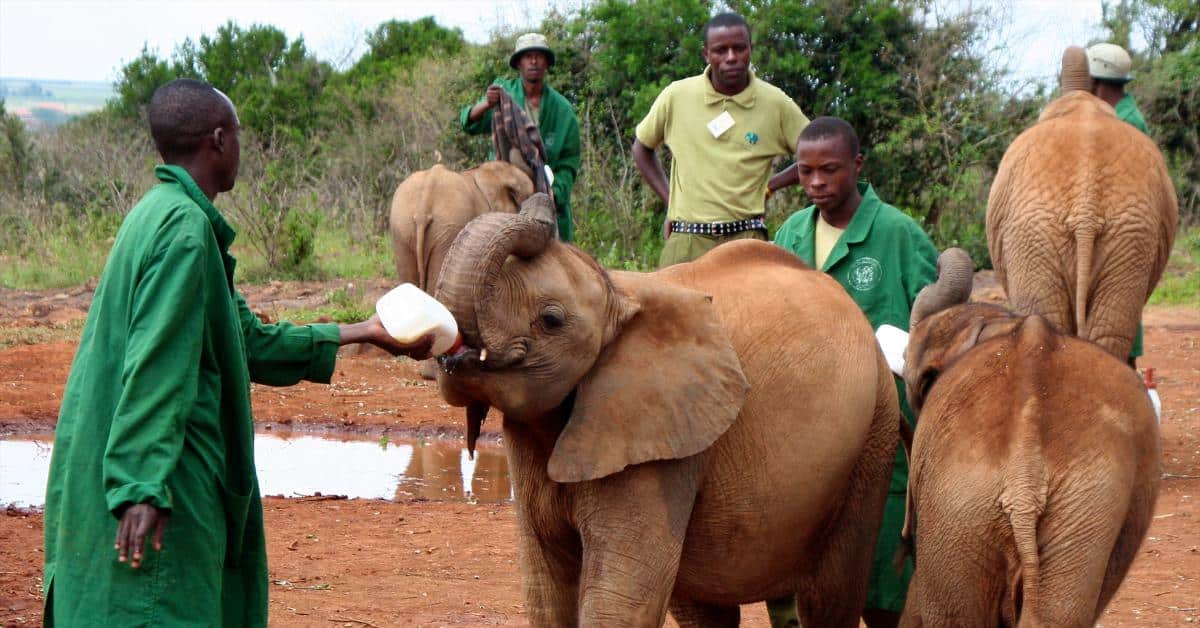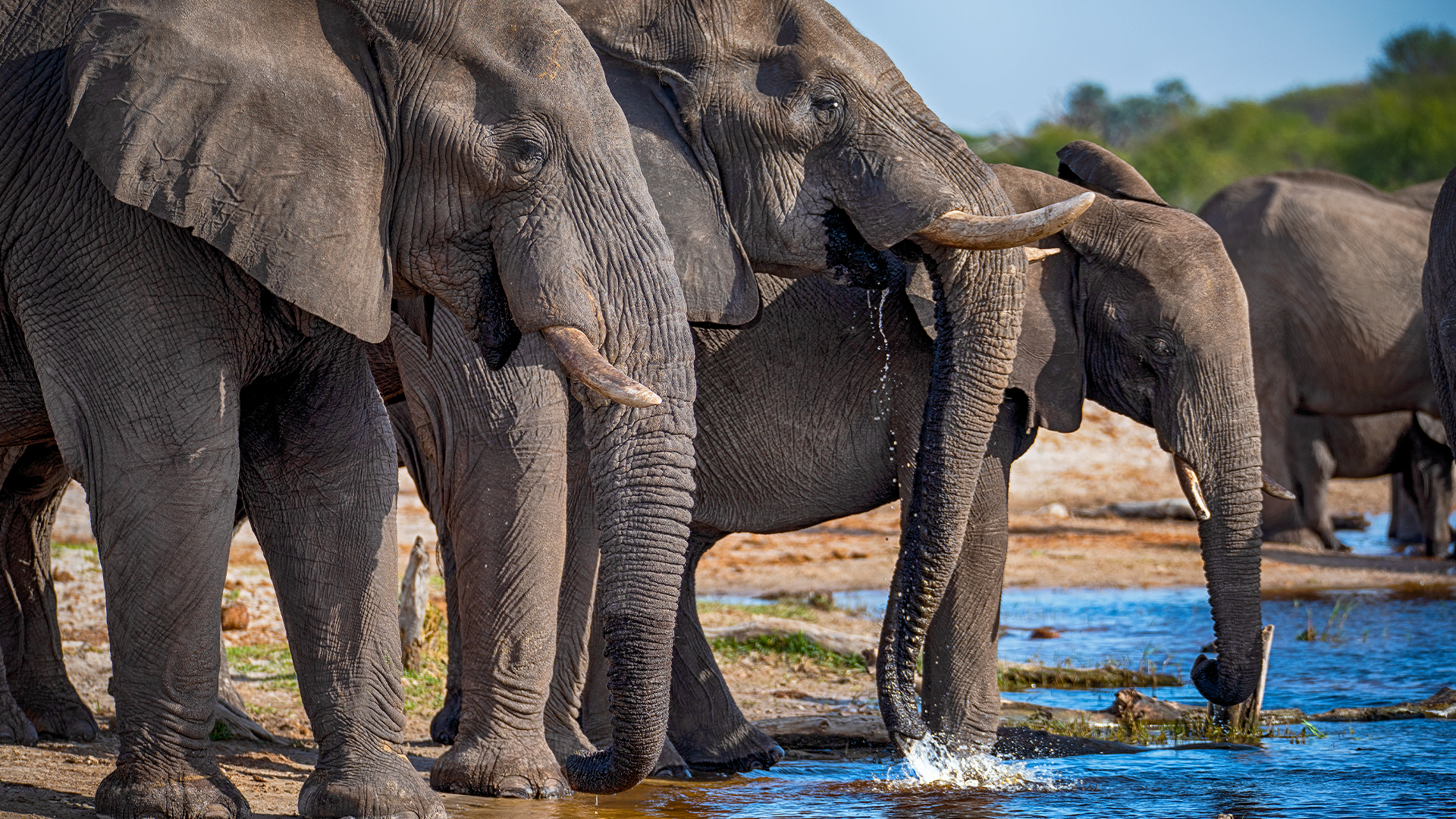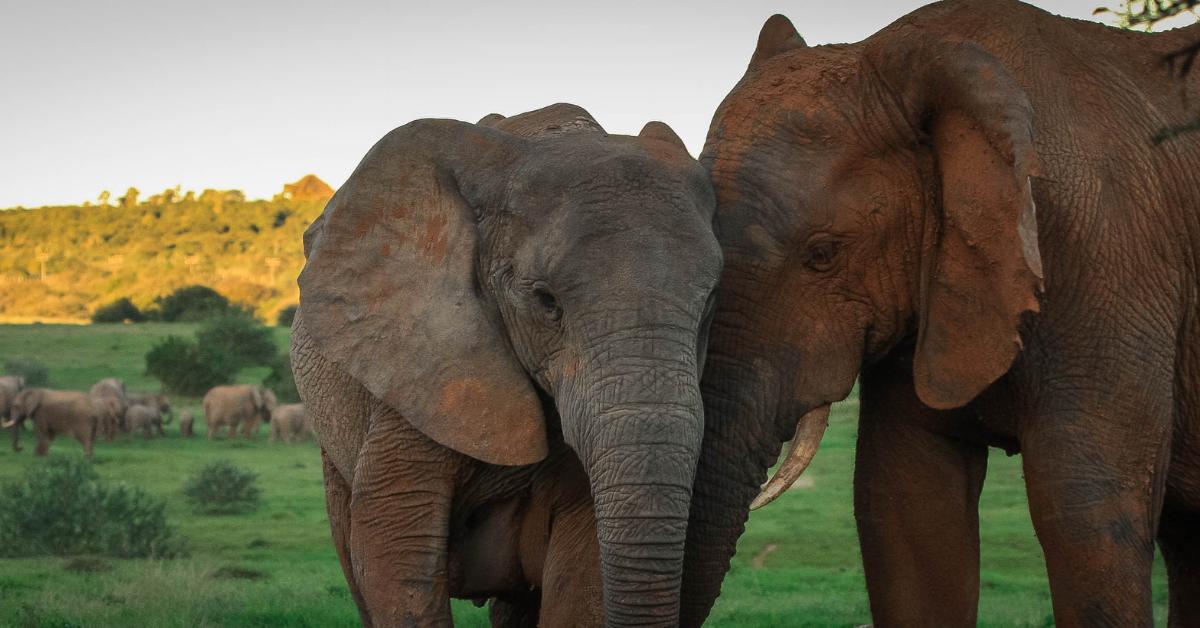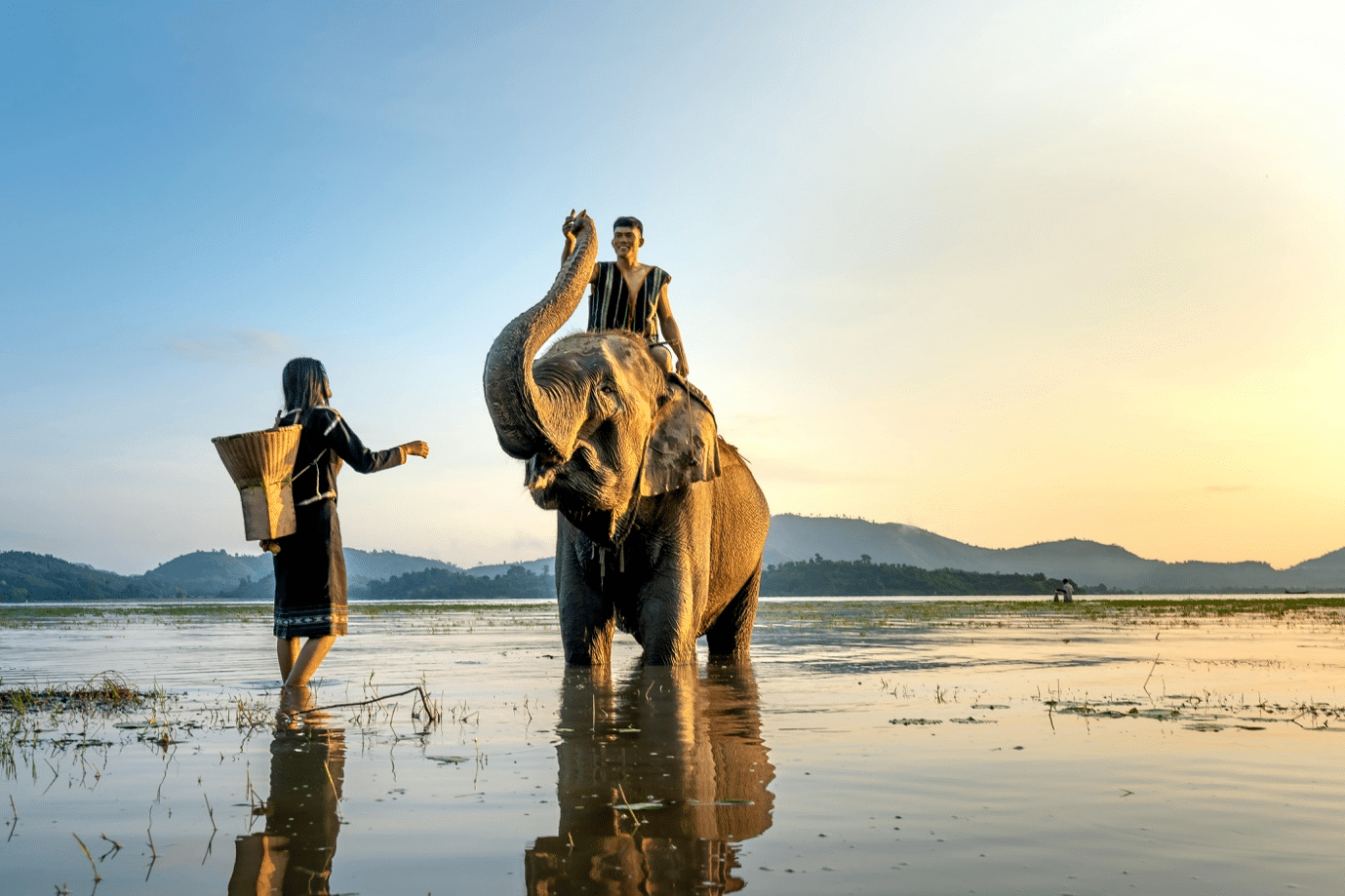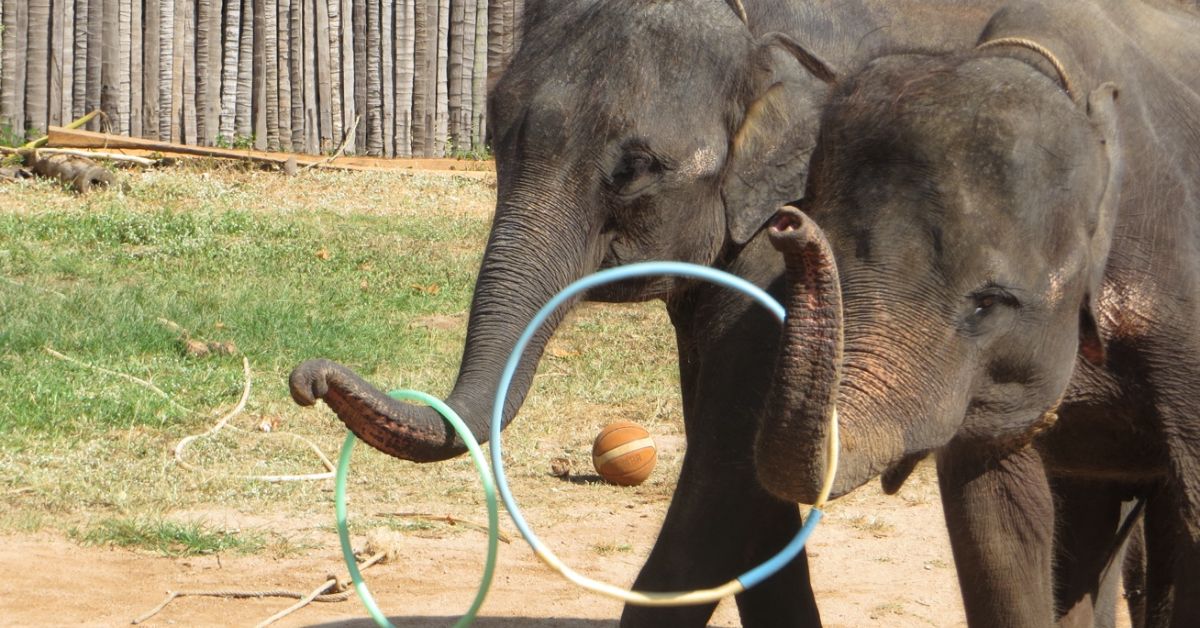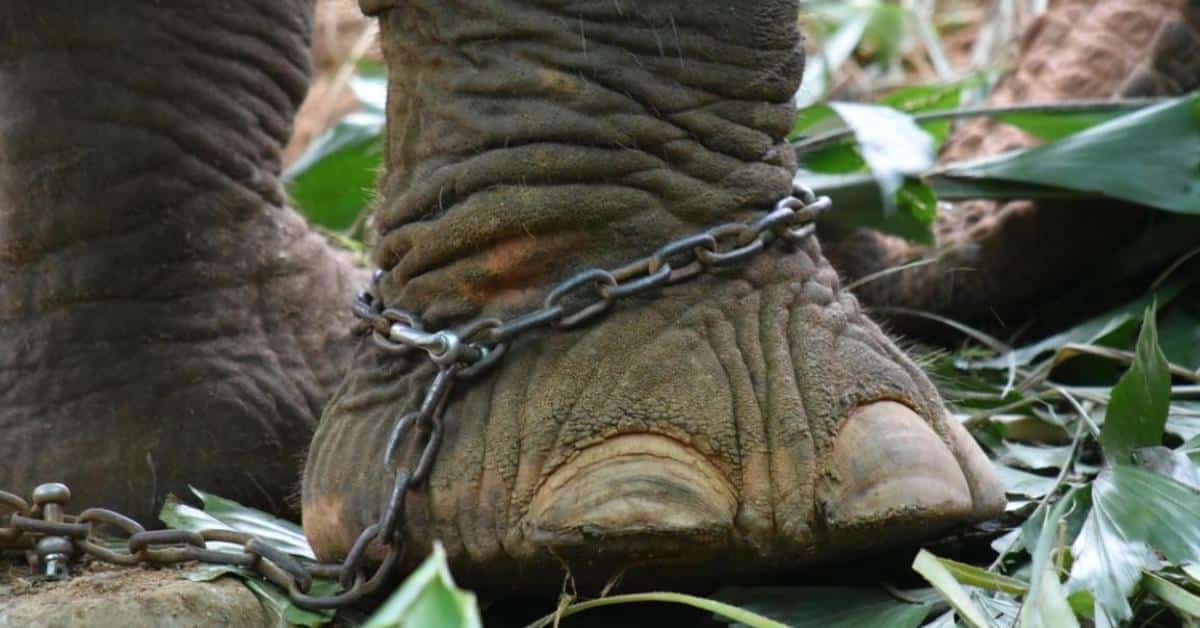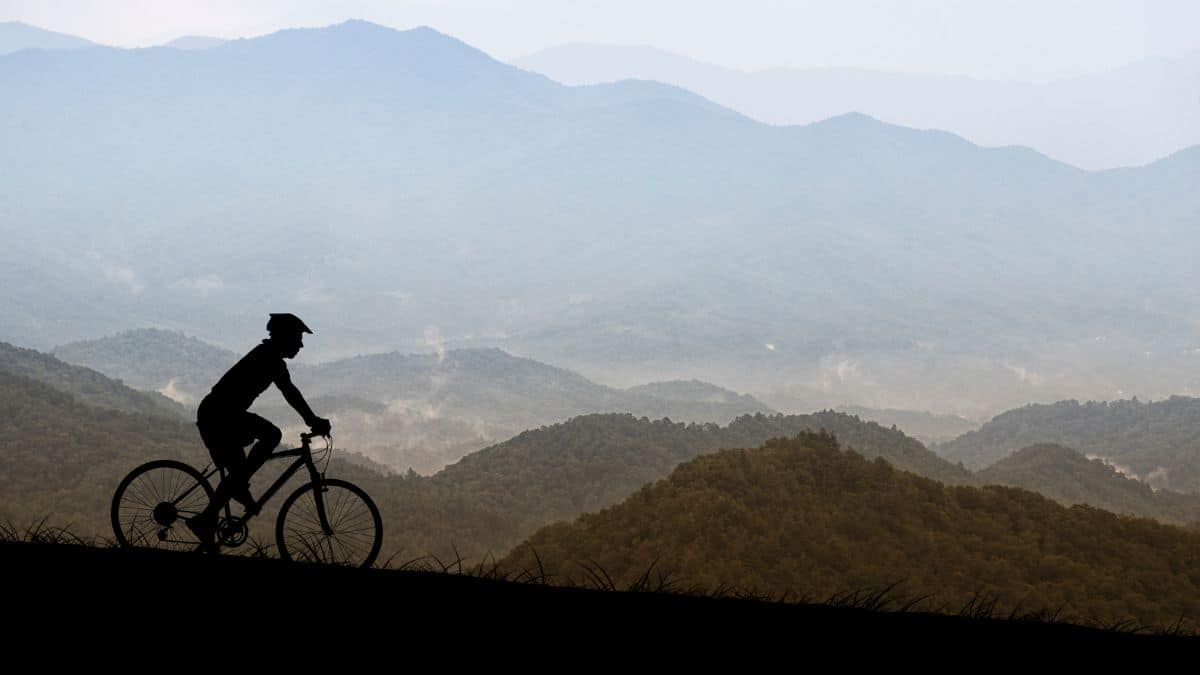Tarangire National Park in northern Tanzania is a true gem for wildlife enthusiasts and nature lovers. Renowned as the “Home of Elephants,” this stunning national park offers a unique and memorable safari experience.
With its diverse landscapes, abundant wildlife, and rich cultural heritage, Tarangire National Park is a must-visit spot for anyone seeking an authentic African safari adventure. In this comprehensive travel guide, we will explore the park’s highlights, activities, accommodation options, and practical information to help you plan your visit to Tarangire National Park in 2025/2026.
Getting to Tarangire National Park
Tarangire National Park is conveniently located about 120 kilometers (75 miles) southwest of Arusha,the gateway to the northern circuit of Tanzania. International visitors can fly into Kilimanjaro International Airport, the main entry point for Tarangire travelers.


From there, you can arrange a private transfer or take a domestic flight to Arusha Airport, followed by a road transfer to the park. It’s advisable to book your travel arrangements in advance, specifically during the peak tourist season, to ensure a smooth journey.
Best Time to Visit
Tarangire National Park offers a year-round safari experience, but the best time to visit depends on your interests and preferences. The dry season stretches from June to October and is generally deemed the prime time for wildlife viewing.
During this period, animals gather around the Tarangire River, creating incredible opportunities for game drives and witnessing large herds of elephants, lions, giraffes, and other iconic African species. From November to May, the wet season is characterized by lush vegetation, fewer crowds, and vibrant birdlife.
However, some roads may become impassable during heavy rains, so it’s essential to plan accordingly.
Attractions in Tarangire National Park: Wildlife and Nature
Tarangire National Park is famous for its splendid wildlife population, making it one of the best places in Africa for elephant sightings. The park is also home to other remarkable species, such as lions, leopards, cheetahs, buffalos, zebras, wildebeests, and more.

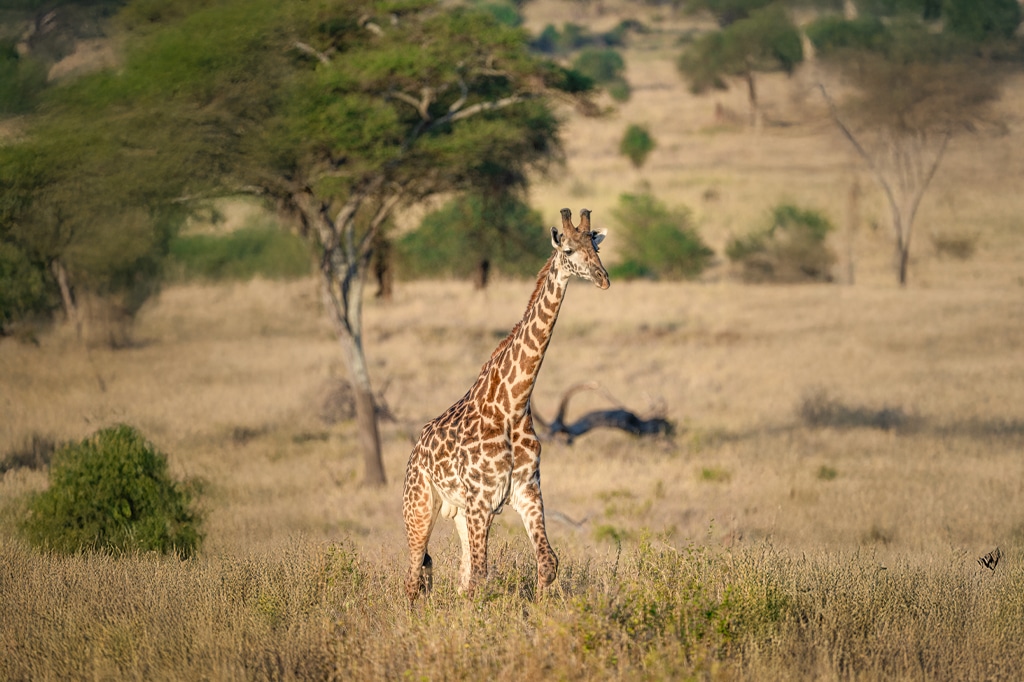
Bird enthusiasts will be delighted by the over 500 bird species in the park, including colorful sunbirds, raptors, and migratory species. The park’s landscape is characterized by open grassy plains, dense woodlands, and the iconic baobab trees, creating a scenic backdrop for your safari adventure.
Tarangire National Park Activities
West Kilimanjaro is a gateway to the world-famous Serengeti National Park, a UNESCO World Site, and one of Africa’s most famous wildlife reserves. With its vast plains and diverse ecosystems, the Serengeti is home to abundant wildlife, including the renowned Big Five (lion, leopard, elephant, rhinoceros, and buffalo).


Embark on an excitingsafari adventure, witness the annual Great Migration, and capture incredible photographs of lions stalking the grasslands or elephants bathing in watering holes. The Serengeti promises an unparalleled wildlife experience that will leave you in awe.
1. Game Drives
Tarangire National Park offers an unforgettable game drive experience that immerses you in the untamed beauty of Africa’s wilderness. With a knowledgeable guide, you venture through the park’s expansive grassy plains, encountering its iconic residents, such as majestic elephants, stealthy leopards, and dazzling zebras.
The air is alive with the calls of diverse bird species, and the scent of the African bush fills your senses. As you witness nature’s raw power and grace, you can’t help but be captivated by the sheer beauty and wonder of Tarangire.
It’s an adventure that leaves an indelible mark on your soul.
2. Walking Safaris
A day trip to Tarangire National Park or a walking safari is an excellent option for a more intimate wildlife encounter. Accompanied by armed guides, you’ll explore the park on foot, learning about animal tracks, medicinal plants, and the intricate ecosystems that make Tarangire unique.
Walking safaris in Tarangire National Park offer an immersive and transformative experience, allowing you to connect intimately with the untamed beauty of the African wilderness. Guided by experts, you embark on a journey that heightens your senses, reveals hidden wonders, and forges connections with the park’s remarkable wildlife.
It’s an escapade that leaves a lasting impression, deepens your appreciation for nature’s harmony, and creates treasured memories.
3. Night Safari Tarangire National Park
Tarangire National Park offers a unique chance to embark on night safaris. Equipped with spotlights, you’ll venture into the park after sunset, witnessing the nocturnal activities of the animals.
It’s a chance to see elusive predators and witness the park’s nightlife. Night safaris in Tarangire National Park offer an enticing and immersive experience, allowing you to witness the hidden wonders of the African wilderness under the cloak of darkness.
Guided by experts and equipped with spotlights, you encounter elusive predators like leopards, discover the diverse nocturnal wildlife, and experience the sensory delights of the night.
It’s an adventure that unveils a different side of Tarangire, leaving you with unforgettable memories of the mystical world that comes alive after sunset.
4. Birdwatching
Birdwatching in Tarangire National Park is a captivating experience that immerses you in the diverse and vibrant world of avian wonders. Guided by experts, you can journey through the park’s varied habitats, encountering various bird species along the way.
From the striking lilac-breasted roller to the regal African fish eagle, each sighting is a testament to nature’s artistry. The park’s waterways and savannahs offer unique opportunities to witness birds in their natural habitats, while the iconic Baobab trees provide a picturesque backdrop.
Birdwatching in Tarangire National Park is an opportunity to connect with nature, appreciate the delicate balance of ecosystems, and create lasting memories of the park’s avian beauty.
Whether you’re a seasoned birder or a novice enthusiast, you’ll have the chance to spot various species, from raptors soaring high above to vibrant songbirds flitting through the trees.
Accommodation Options
Regarding accommodations in Tarangire National Park, various options cater to different preferences and budgets. Whether you seek a luxurious lodge or a cozy tented camp, you’ll find a place to suit your needs and enhance your experience of the park’s natural wonders. Here are some favored options:
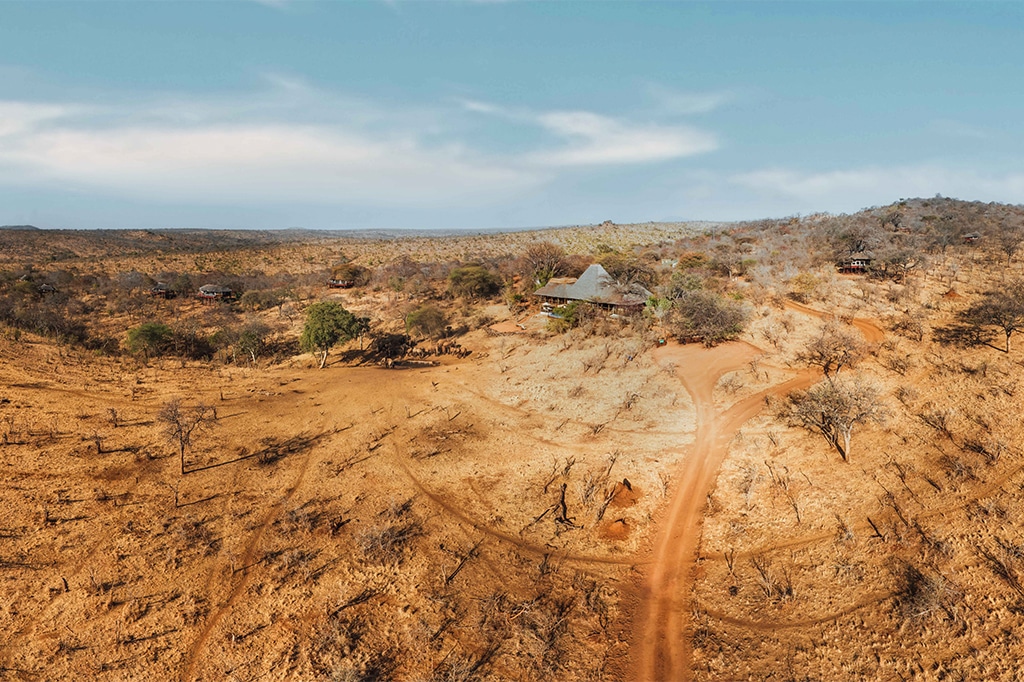
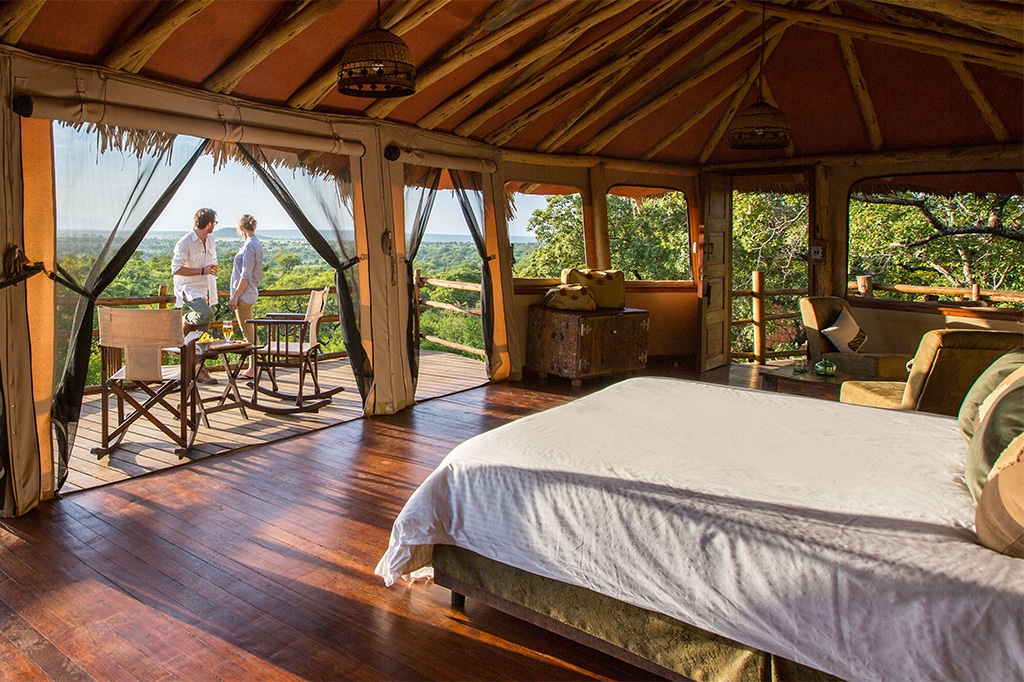
1. Tarangire Treetops
For an unforgettable and unique stay, Tarangire Treetops offers luxurious treehouse-style accommodations. Perched high above the ground, these elevated lodgings provide striking views of the surrounding landscape.
Immerse yourself in the park’s beauty from the comfort of your private treehouse, complete with modern amenities and indulgent touches.
2. Oliver’s Camp
Located in a remote and secluded part of Tarangire National Park, Oliver’s Camp offers an exclusive tented accommodation experience. This camp focuses on sustainability and providing an authentic bush encounter.
The spacious and well-appointed tents blend perfectly with the natural surroundings, connecting you with the wilderness while loving the comforts of a cozy retreat. Immerse yourself in the sounds of the bush and go on thrilling game drives and guided walks led by experienced guides.
3. Swala Camp
If you’re seeking an intimate and eco-friendly experience, Swala Camp is an excellent choice. This camp is renowned for its tranquil atmosphere and commitment to environmentally friendly practices.
The stylish tents offer a comfortable sanctuary amidst the wild, with private decks overlooking a nearby waterhole. Relax in the serenity of nature, listen to the chorus of birds, and observe wildlife as they come to quench their thirst.
4. Tarangire Safari Lodge
Found on a ridge with sweeping views of Tarangire Park, Tarangire Safari Lodge is a popular choice for visitors. The lodge offers cozy rooms with modern amenities, providing a relaxing retreat after a day of wildlife exploration.
You can also take a refreshing dip in the swimming pool or savor delicious meals at the lodge’s restaurant, all while enjoying the stunning vistas that unfold before you. With its convenient location and welcoming ambiance, Tarangire Safari Lodge is an excellent base for safari adventures.
These are just a few examples of the accommodation options available in Tarangire National Park. Whether you go for a luxury lodge or a tented camp, each offers a unique experience and ensures a comfy and fantastic stay in this remarkable wilderness.
Practical Tips
When planning a visit to Tarangire Park, it’s vital to consider some practical tips to ensure a smooth and enjoyable experience. Here are a few key areas to keep in mind:


1. Health and Safety
Before traveling to Tanzania, it is recommended to consult with a healthcare professional to receive up-to-date information on necessary vaccinations and medications. They can give guidance based on your specific needs and medical history. It’s crucial to ensure you are adequately protected against malaria, typhoid, and hepatitis.
In terms of safety, always follow your guide’s instructions, as they are knowledgeable about the park and its wildlife. It’s crucial to adhere to park rules and regulations designed to ensure your safety and preserve the park’s delicate ecosystem.
Listen to your guide’s advice regarding animal behavior and always keep a safe distance from wildlife. Please respect that you are entering their natural habitat and refrain from any actions that could disturb or harm the animals.
2. Packing Essentials
When preparing for your trip to Tarangire National Park, it’s important to pack the proper essentials to ensure your comfort and enjoyment. Here are some items to consider:
1. Lightweight and breathable clothing: Pack comfortable clothing for warm weather. Opt for light, moisture-wicking materials that provide sun protection.
2. Hat and sunscreen: Protect yourself from the African sun by wearing a wide-brimmed hat and regularly applying sunscreen with a high SPF.
3. Insect repellent: Tarangire is a wildlife-rich area, meaning insects may exist. Pack a reliable insect repellent to keep mosquitoes and other insects at bay.
4. Sturdy walking shoes: Comfortable and sturdy walking shoes or hiking boots are necessary for walking safaris and exploring the park’s trails.
5. Binoculars: These binoculars will improve your wildlife viewing experience. This lets you observe animals from a distance without disturbing them.
6. Camera: Remember to bring your camera or smartphone to capture the incredible wildlife sightings and breathtaking landscapes. Remember to respect the animals’ space and use the appropriate zoom or telephoto lenses when necessary.
3. Respect Wildlife and the Environment
One of the principles of responsible travel is respecting the wildlife and environment you encounter. In Tarangire National Park, it’s crucial to remember that you are a guest in the animals’ home.
Here are some vital guidelines to follow:
1. Do not litter: Keep the park pristine by disposing of your waste correctly. Use designated bins or take your trash to maintain the park’s natural beauty.
2. Keep a safe distance<: While it’s exciting to see wildlife up close, it’s essential to maintain a safe space to ensure both your safety and the animal’s well-being. Follow your guide’s instructions and avoid approaching or provoking any wildlife.
3. No feeding or disturbing animals: Refrain from feeding or attempting to engage with the animals. This can disrupt their natural behavior and negatively affect their health and well-being.
4. Stay on designated paths: Stick to designated trails and roads to minimize environmental impact and avoid disturbing sensitive habitats.
By practicing these guidelines, you contribute to preserving Tarangire National Park’s biodiversity and ensure that future generations can still enjoy its natural wonders.
Conclusion
Tarangire National Park is a treasure trove of natural wonders, offering an unforgettable safari experience in the heart of Tanzania. Whether you’re captivated by the sight of majestic elephants roaming the grasslands or enthralled by the diverse birdlife, Tarangire promises to leave you in awe of its beauty.
This comprehensive travel guide lets you plan your visit to Tarangire National Park in 2025/2026. Embrace the adventure, engulf yourself in the wilderness, and make memories that will last a lifetime in the Home of Elephants.
Frequently Asked Questions – Tarangire National Park (FAQs)
1. What is Tarangire National Park known for?
Tarangire National Park is celebrated for its diverse wildlife, stunning landscapes, and iconic baobab trees, offering visitors an unforgettable African safari experience. Situated within the Northern Safari Circuit of Tanzania, it is often included in safari itineraries along with Lake Manyara National Park, Serengeti National Park, and the Ngorongoro Crater.
2. When is the best period to visit Tarangire National Park?
The best period to visit Tarangire Park is during the dry season—from June to October, when wildlife congregates around the Tarangire River, offering excellent game viewing opportunities. It’s part of the Northern Safari Circuit of Tanzania, where visitors can explore diverse habitats and enjoy conservation efforts firsthand.
3. What wildlife can I expect to see in Tarangire National Park?
In Tarangire National Park, you can expect to see a wide range of wildlife, like elephants, lions, giraffes, zebras, and numerous bird species. The park’s diverse habitats support abundant wildlife, making it a prime destination for nature enthusiasts and safari lovers.
4. Are guided safaris available in Tarangire National Park?
Guided safaris are available in Tarangire Park, allowing visitors to explore the park’s wilderness accompanied by experienced guides. These guides offer valuable insights into the park’s conservation endeavors and help ensure a safe and informative safari experience.
5. Can I do self-drive safaris in Tarangire National Park?
Yes, self-drive safaris are permitted in Tarangire National Park, allowing visitors to explore the park at their own pace and enjoy a more independent safari experience. Park entrance fees apply, contributing to conservation efforts and preserving the park’s stunning landscapes.
6. What accommodation options are available in Tarangire Park?
Tarangire Park offers a range of accommodation options, including luxury lodges, tented camps, and campsites, catering to different preferences and budgets. Visitors can stay within the park or for accommodation outside its boundaries, offering convenient access to its wildlife-rich areas.
7. Are night drives allowed in Tarangire National Park?
Night drives are prohibited in Tarangire National Park as part of conservation efforts to minimize disturbance to nocturnal animals. However, visitors can still enjoy daytime game drives and guided safaris to explore the park’s wildlife and landscapes.
8. Can I visit Tarangire National Park from Arusha on a day trip?
Visiting Tarangire National Park as a day trip from Arusha is possible, with guided tours and safari operators offering full-day excursions to the park. Visitors can explore the park’s diverse habitats and wildlife-rich areas, making for a memorable African safari experience.
9. What activities can I do besides game drives in Tarangire National Park?
Besides game drives, you can enjoy guided walking safaris, birdwatching, and cultural interactions with local communities. These activities provide unique opportunities to explore the park’s diverse ecosystems and learn about its conservation efforts.
10. Is Tarangire National Park suitable for family safaris?
Tarangire National Park is suitable for family safaris, offering child-friendly accommodation options and activities tailored to accommodate families with children. Visitors of all ages can enjoy exciting wildlife encounters and immersive safari experiences in the park’s stunning landscapes.
11. Are there any health precautions to consider when visiting Tarangire National Park?
Visitors to Tarangire National Park should take precautions against malaria by using mosquito repellent and wearing pants and long sleeves from dusk to dawn. It’s also advisable to take antimalarial medication if a healthcare professional recommends it. Additionally, staying hydrated and wearing sunscreen is essential to staying healthy while exploring the park’s diverse habitats.
12. What is the climate like in Tarangire?
Tarangire Park experiences a semi-arid climate, with hot and dry conditions prevailing during the dry season and occasional rainfall from November to May during the wet season. Visitors should pack lightweight clothing, sun protection, and adequate hydration to ensure comfort during their safari adventures.
13. Can I see the Great Migration in Tarangire National Park?
While Tarangire National Park is not part of the main route of the Great Migration, it does experience seasonal movements of wildlife, particularly during the dry season when animals migrate towards water sources. You can see large herds of elephants and other wildlife gathering around the Tarangire River, providing a unique safari experience.
14. Are there facilities for picnics and lunches in Tarangire National Park?
Tarangire National Park provides designated picnic areas where visitors can enjoy packed lunches amidst the park’s scenic landscapes, offering a convenient option for midday breaks during safaris. These picnic areas have tables, benches, and restroom facilities, allowing visitors to relax and refuel before continuing their wildlife adventures.
15. How do I get to Tarangire National Park from Arusha?
Tarangire National Park is located approximately 120 kilometers southwest of Arusha, and visitors can reach the park by road via private vehicles, safari tours, or organized transfers offered by lodges and safari operators. The journey takes approximately 2-3 hours, passing through scenic landscapes and rural villages, providing glimpses of daily life in Tanzania’s countryside.








